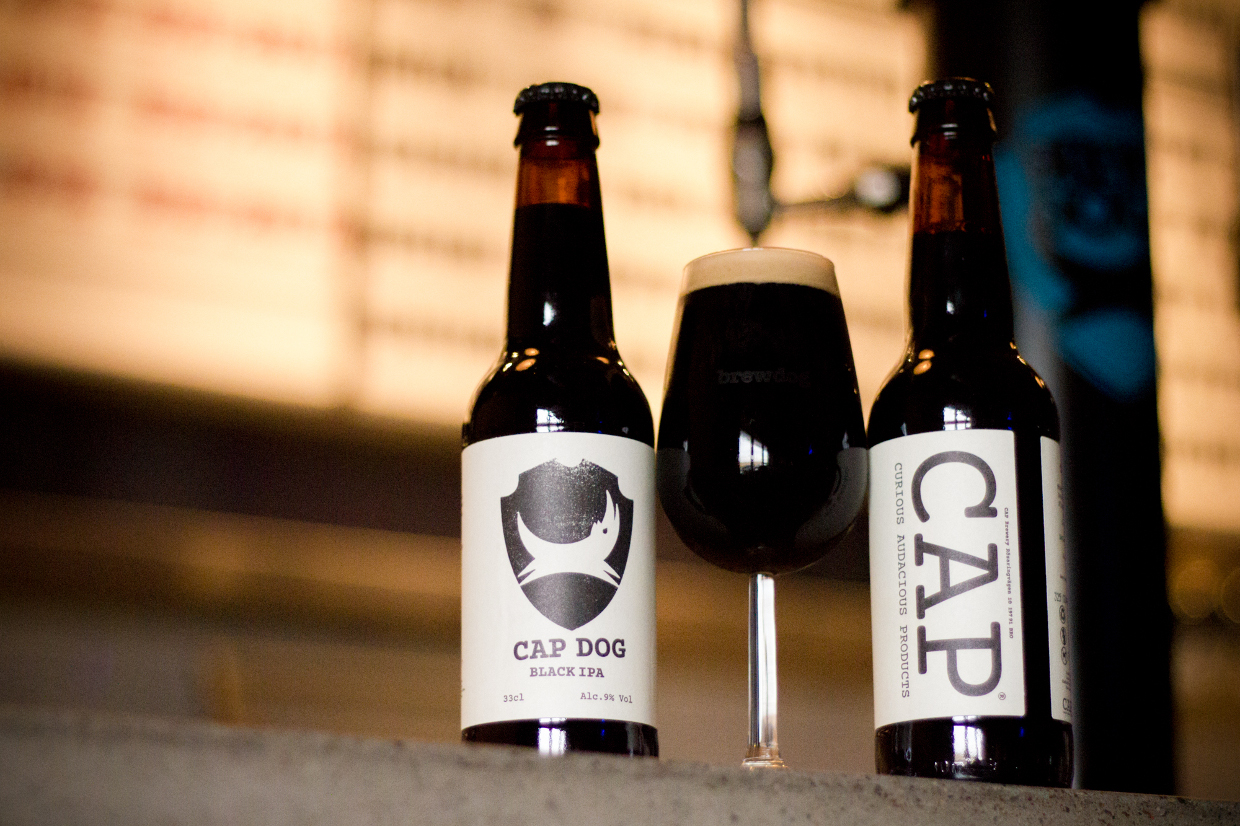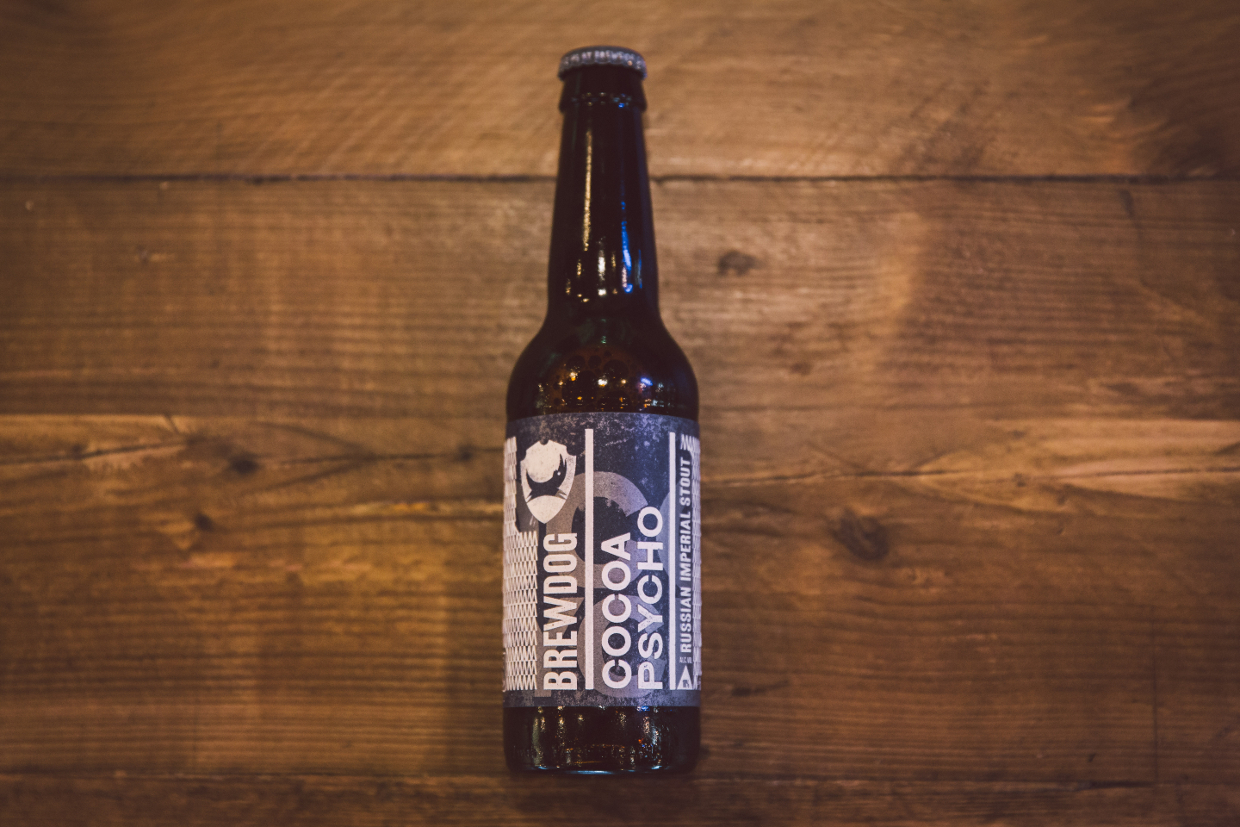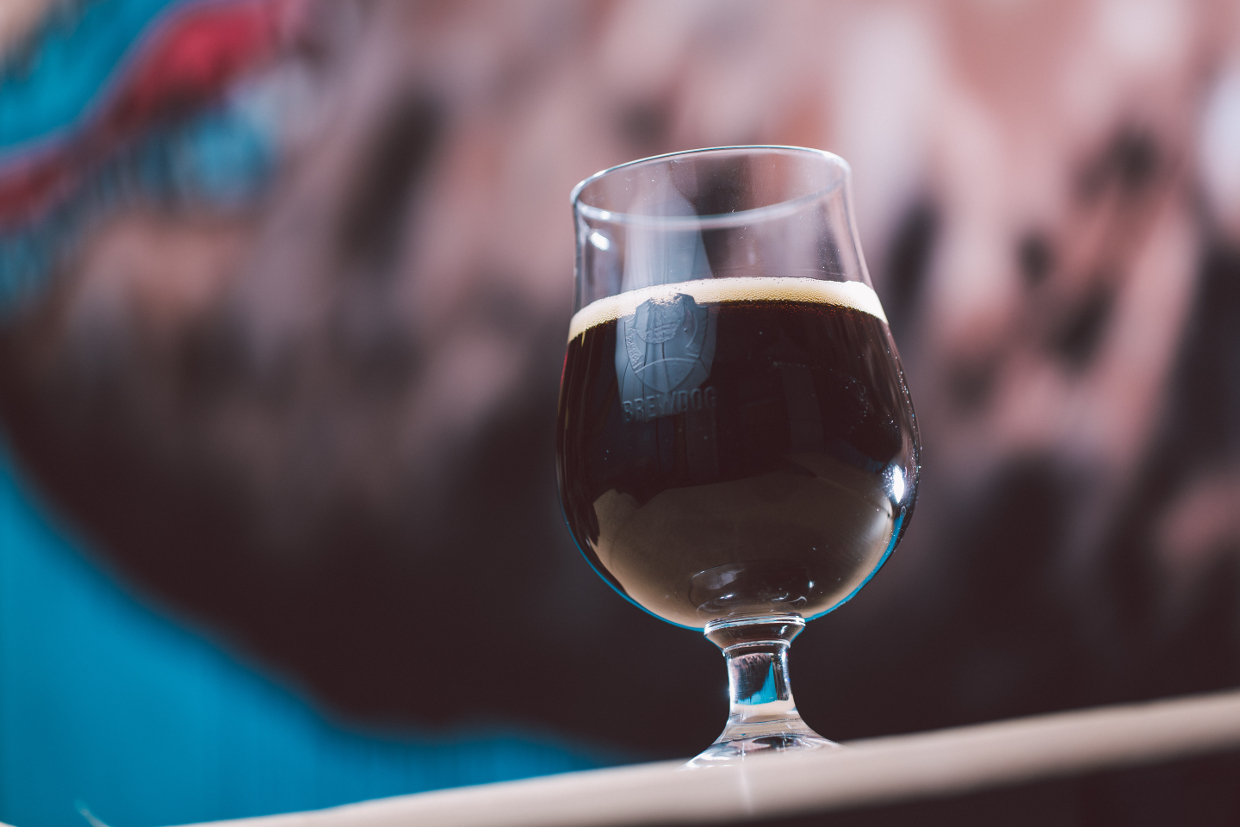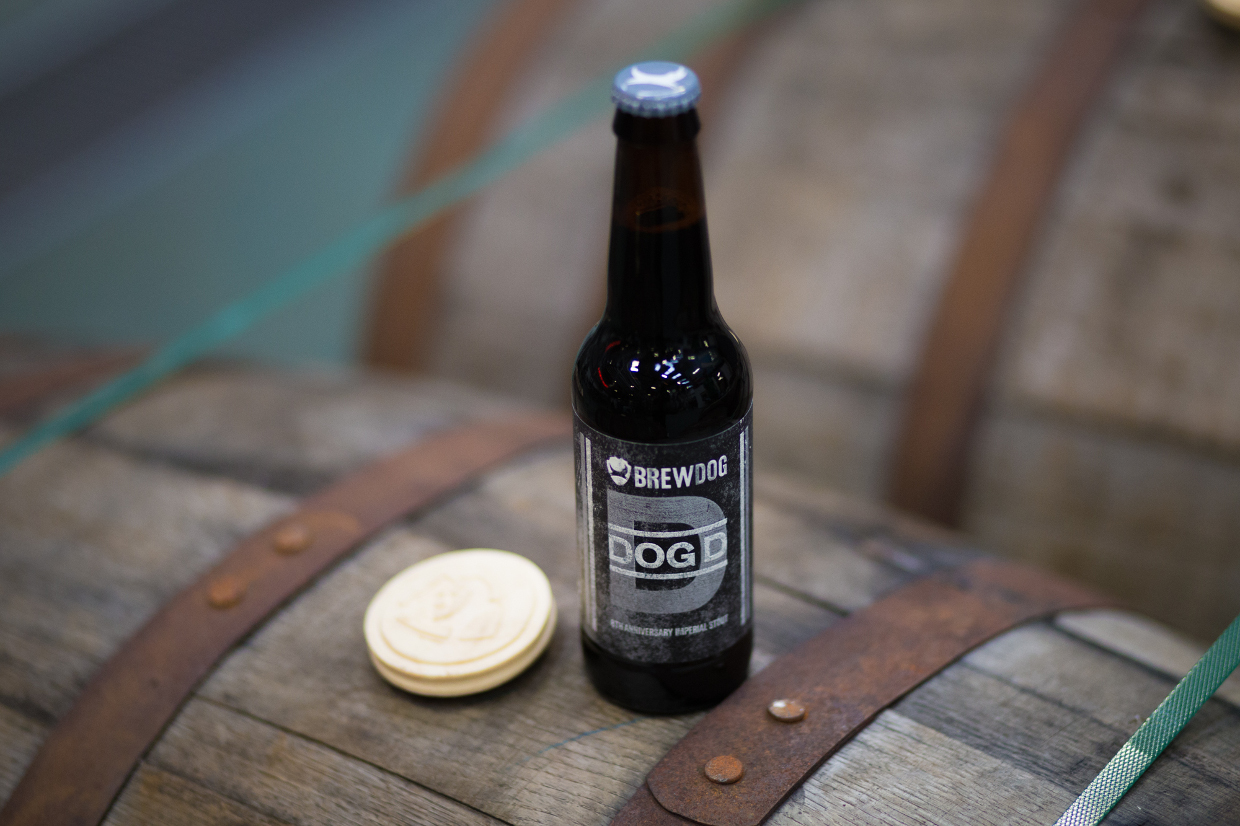BREWS BROTHERS

You can find out more about investing in BrewDog at www.brewdog.com/equityforpunks
Coffee. We’re pretty sure that BrewDog wouldn’t be quite the same without it. From early shifts in the brewhouse to fast-approaching deadlines, the little jitterbeans play a vital role at our Ellon HQ. Yet coffee is far more than a mere workplace productivity aid.
It constitutes a showpiece ingredient of many of our beers (both current and historic); it’s served across our bars as an alternative for those who might not want a beer; and it also acts as a fantastic pairing to some of our releases that don’t even contain coffee at all. But just how do we utilise the famous seeds in the first of those; in the brew house?

Before we start, it’s important to note that the fruit (or ‘cherry’) of the Coffea plant leads to not one – but two – potential ingredients we can use for brewing! The lesser-used of these is the outside husk of that cherry, also known as cascara.
These dried shells have a lower caffeine content than the beans they protect, so yield a fascinating tart cranberry fruitiness and more than a hint of dark berry when used in brewing – as evidenced by last year’s collaborative cascara black IPA, CAPDOG.

However, the overwhelmingly more common part of the plant used around the world is, of course, the dried and roasted seed – the coffee bean. We love adding coffee to beers – and the most frequently-produced of those has to be our Amplified Russian Imperial Stout, Cocoa Psycho.
Here’s Bowman to explain how we get the flavours of one into the other…
“Coffee is added into the whirlpool for hot extraction, which happens quite rapidly - 10kg for 1 hour at 90°C. This is the perfect temperature to extract the volatile compounds that we are looking for. Classic bitter and roasted flavours are captured into the wort as well as the caffeine.”

If you take more than a passing interest in coffee, you’ll know that beans are cultivated and exported from countries around the world. At BrewDog, the region that we favour more than any other is South America – particularly Costa Rica, Brazil, Guatemala and Peru.
But why? Caffeine-fiend Angelos gives us the lowdown…
“It differs significantly from African or Sumatran because the acidity (sourness) is lower – so more chocolate, nutty, earthy flavours prevail. On the other hand, in African coffees – because of the increased acidity – the natural coffee flavours are manipulated to express more dark fruit characters such as citrus, plum, cherries and berries which would not complement the dark roasty-maltiness of these beers. South American coffees (especially Peruvian) have a light body, which means they make an excellent pair for the dark-bodied beers we specialise in.”

Yet there is another way to get coffee flavour into our brews. Aside from hot extraction in the whirlpool, we can also use cold-extraction to allow slightly more layered coffee notes to arise. This takes place in the FV after primary fermentation has been completed.
Back to Bowman to fill us in on how this is different…
“Cold-extracted coffee is a much more gentle and prolonged process; extracting flavour compounds that we would, in hot extractions, be volatised and lost. This method will produce lighter flavours and aromas, without too much pickup of bitterness or acidity.”
So, coffee is widely-used at BrewDog for two reasons. Our brewers have a lot of it around (such as Franz and his immense thirteen-hour cold brew), and it can be so unexpectedly versatile when used in brewing. From bittersweet luxuriousness of AB:16 to the resonant roastiness of Dogs A-D. What coffee-infused beers get your needle jumping?
You can find out more about investing in BrewDog at www.brewdog.com/equityforpunks

Únete a la conversación
Comentarios (5)